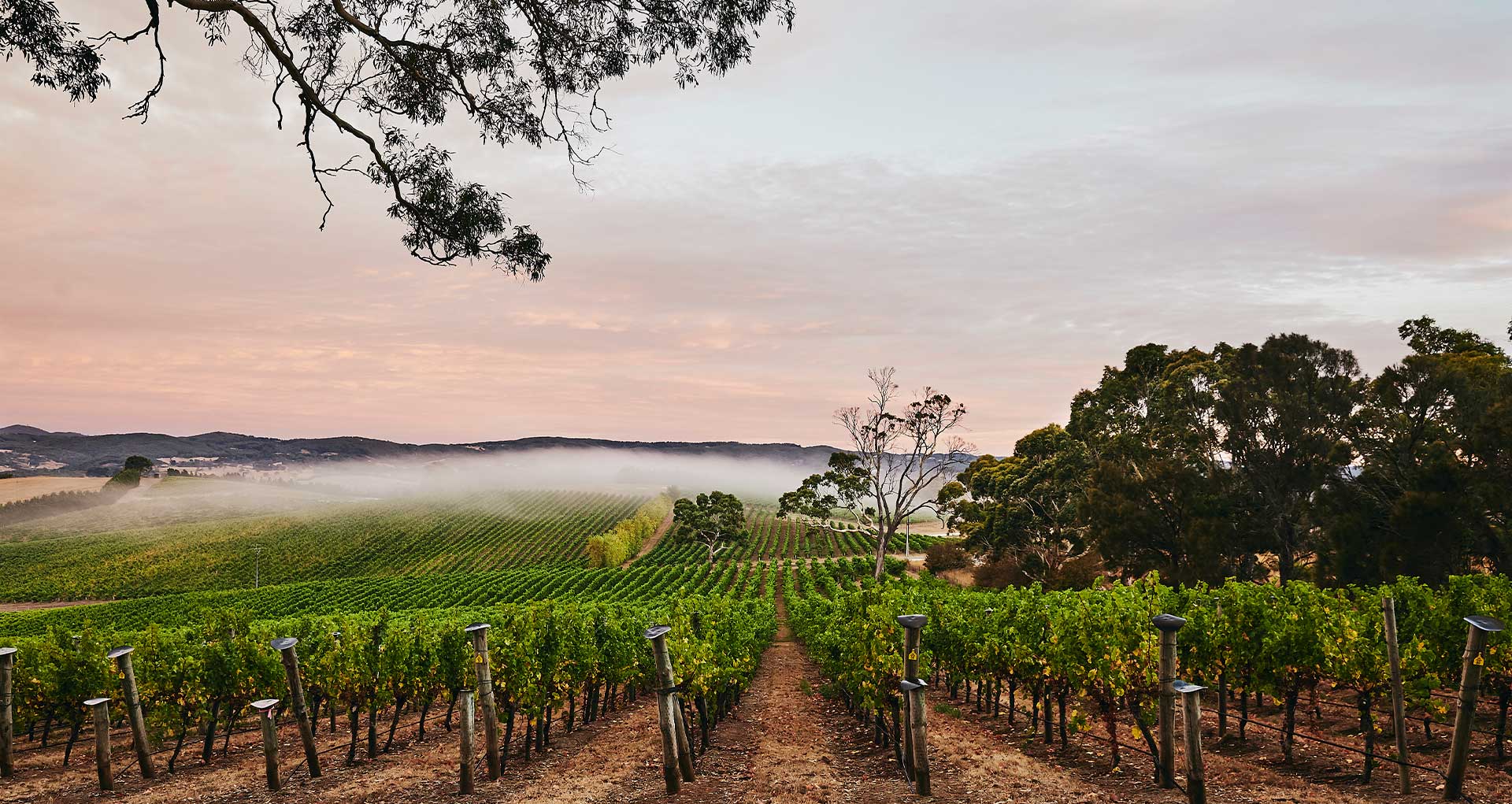
Unfortunately, you do not meet the age requirement to enter this website.

Unfortunately, you do not meet the age requirement to enter this website.

“Wine” and “cheese”, few words go together better and are as evocative of a stellar evening. Like a match made in heaven wine and cheese aren’t just a good combination because they ignite your taste buds, but also because they have a certain air of connection and friendship to them. A well-paired wine and cheese will stick in your memory for a long time to come, along with who you were with when you nibbled and sipped and what the occasion was.
As with pairing any food and wine, there are no hard and fast rules to wine and cheese pairing, other than what tastes good and feels right. Ideally your chosen wine and cheese won’t overpower one another, but instead provide complementary textures and tastes to their counterpart. In a world with a huge selection of wines and cheeses on offer however, it can help to follow a few guidelines in order to narrow down what goes with what. For example, the more intensely flavoured the wine, the more intensely flavoured a cheese you’ll want to pair it with. Generally, wines with a higher percentage of alcohol will pair better with bolder cheeses, like aged cheddars, while cheeses with more delicate flavours will pair better with lighter wines.
Another way to easily mix and match your wine and cheese is to select based on region, with many wine and cheese pairings having evolved alongside one another, and been developed by wine and cheese artisans to complement each other. Classic examples of regional cheese and wine pairings include Sauvignon Blanc and goat’s cheese from the Loire Valley or a Spanish Manchego and Garnacha. It’s also a good idea to have a cheese on hand which will pair with almost anything, especially if you are serving a variety of wines. If this is the case a nutty, firm cheese will often fit the bill. Cheeses like Swiss or Gruyere are delicate enough to work well with a light wine like a white or Rose but will have enough fat to duel with the tannins in a bold red.
As a hard cheese ages it dehydrates, losing water and increasing its fat content and as this occurs, its richness of flavour increases. This makes hard cheeses the perfect foil for a bold red, as the tannins in the red are a great complement to these attributes. When it comes to wine and hard cheeses, your best bet is to pair a cheese aged at least a year, like a cheddar or Manchego, with a bold wine which also has some age, like a Rioja or Bordeaux blend.
Red wine and cheese that has been aged however isn’t a hard and fast rule. A good regional pairing which convenes the traditional pairing of red and aged hard cheese, is Prosecco and Parmesan. Both Italian natives, the bubbles in a Prosecco will cut easily through the saltiness of a Parmesan perfectly.
Soft cheeses are unaged and retain some moisture, unlike their hard counterparts. They can be spreadable, have a mild taste and a buttery texture that melts in your mouth. Soft cheeses include the likes of Brie, Camambert, cottage cheese or feta.
With a thick and almost sticky texture, most soft cheeses need a wine that will cut through the richness and act as a palate cleanser, a sparkling wine will often suit this purpose perfectly. Brie with its distinct, yet subtle flavour, needs a wine which will highlight but not overpower its taste, Pinot Noir is regularly cited as fitting this bill to perfection.
Taste is up to 80% smell - without aromas everything tastes dull and one dimensional, and by this logic a stinky blue cheese should be the most evocative and exciting cheese to pair wine with. Whether it be a soft or washed-rind blue-veined cheese, you can't go past a sweet wine to balance it, from a Moscato to a Late Harvest dessert wine.
Port is the perfect mate for a blue, with its thick body, and almost cloying sweetness, Port perfectly balances the pungent, crumbliness of a stilton. You can also try a Roquefort and Sauternes combination, with the wine’s sweetness balancing the funkiness of the cheese, giving it an extra creaminess.
Washed rind cheeses like Epoisses, Taleggio or Reblochon like blue cheeses, tend to be quite “stinky”. A wonderful wine pairing for these strongly scented cheeses is to team up your Limburger or Stinking Bishop with a fruity wine, such as a Riesling or Chenin Blanc. The refreshing sweetness of these wines will latch onto the creaminess in the cheese and bring your taste buds to life. Heavier reds on the other hand will wash the flavour of the cheese out, leaving you with a lingering metallic taste.
Goat’s cheese is a beautiful salty, crumbly curd famed for its tang and dense texture. Goat’s cheese isn’t overly imposing and provides the perfect clear canvas onto which you can introduce a range of flavours. While Pinot Noir is often paired with a goat’s cheese, Sauvignon Blanc is a wine you can’t go past if you’re looking for an unforgettable combination. The acidity of the wine perfectly balances the cheese and gives it some unbelievable herbaceous notes. If you’re looking for a different red to pair with the curd, you can’t go past Cabernet Franc, with its tart acidity and refreshing lightness a Cabernet Franc won’t overwhelm the cheese.
